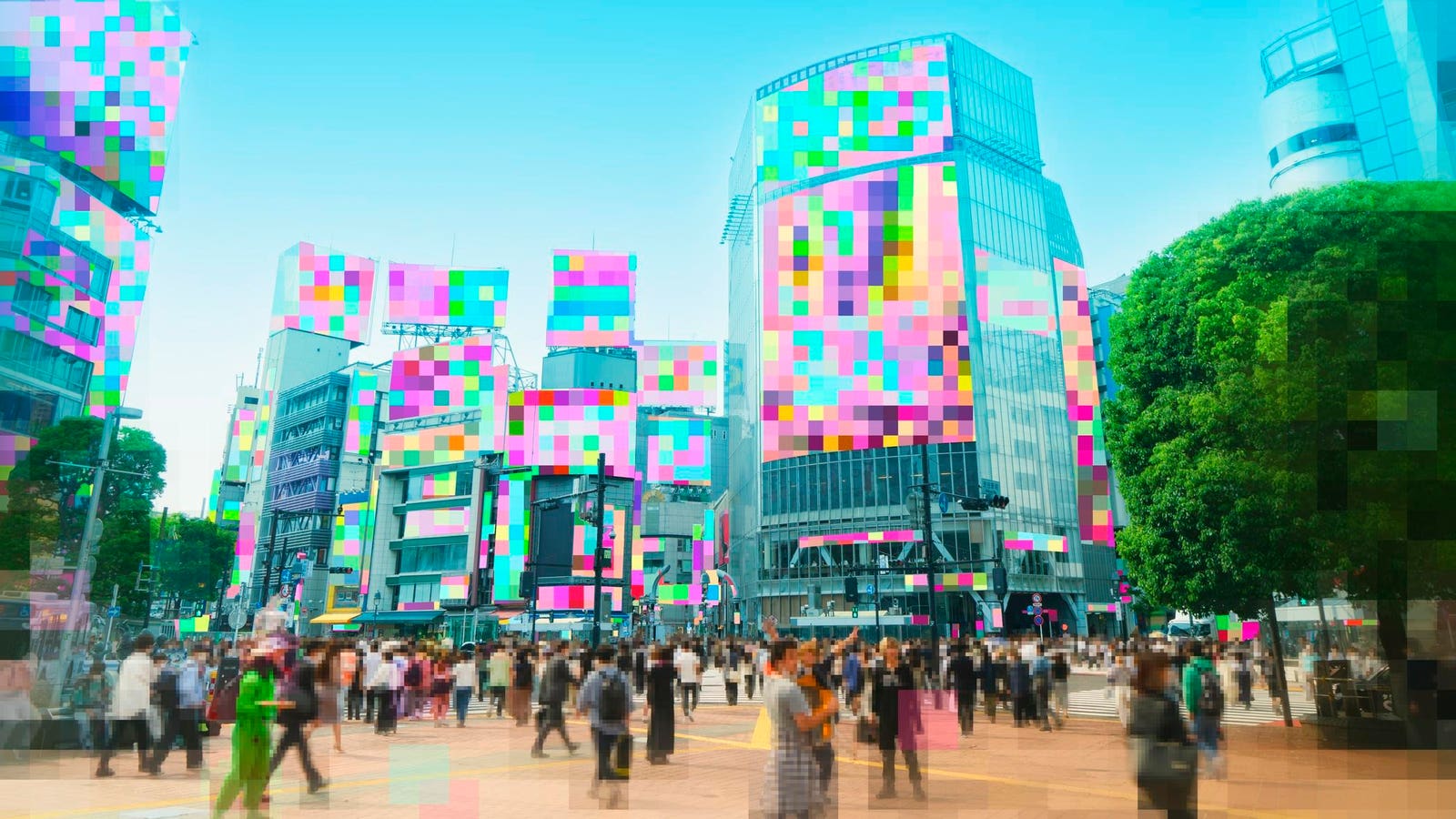Autonomous AI agents inhabit virtual worlds, shape economies, solve challenges, and drive … [+]
getty
Imagine a world where commerce is run entirely by autonomous AI agent companies – autonomous systems powered by “agentic AI” that collaborate, innovate and evolve without human intervention. These civilizations are growing today, using the same tools and platforms as us to shape their virtual worlds. In doing so, they can drive growth, identify new opportunities and offer businesses revolutionary ways to optimize their operations and expand into untapped markets.
Altera.ai and it’s revolutionary Project side are at the forefront of this revolution, a large-scale experiment in building AI civilizations. Using the PIANO (Parallel Information Aggregation via Neural Orchestration), Project Sid simulates societies in which AI agents inhabit a shared world, interact with each other and evolve. These agents are not limited to a single platform: they use tools like Discord and other real-world communication channels to enrich their collaboration.
“PIANO is not just about creating smarter agents” says Guangyu Robert Yang, CEO of Altera.ai and former MIT Searle Fellow. “It’s about understanding how agents can interact with each other and with humans to achieve collective progress.”
Although AI civilizations may seem futuristic, their applications in business and organizational intelligence are immediate. From optimizing supply chains to designing marketing strategies, businesses today can leverage these principles to revolutionize their operations.
Virtual societies, yesterday and today
Nearly two decades ago, Second life has become a cultural phenomenon, blending creativity, commerce and social interaction in a thriving virtual world. With over 50 million accounts created since its launch, it has given users unprecedented freedom to create and monetize digital assets. And, almost twenty years ago, I produced a film: “An ideal world: a documentary about virtual life”, which explored how this ecosystem has reshaped lives, economies and communities through virtual entrepreneurship and collective action.
Second Life and Project Sid explore the transformative power of virtual worlds but differ fundamentally in their execution.
While Second Life relied on humans to populate its world and drive its economy, Project Sid reinvents this dynamic with autonomous AI agents. These agents not only inhabit the virtual world: they create and govern it autonomously.
Modern platforms like Roblox And Decentralized country continue the legacy of Second Life, integrating user-generated content and virtual economies into their frameworks. However, they remain fundamentally human-centered.
Project Sid departs from this model by showing how AI civilizations could evolve to address real-world challenges, such as optimizing supply chains, designing smarter cities, exploring social dynamics or even the management of health systems.
Project Sid raises profound questions as we consider AI in the future:
- How will autonomous AI companies influence human decision-making?
- Could AI civilizations become collaborators in governance or even creators of culture?
By bridging the gap between experimentation and application, Project Sid pushes the boundaries of what virtual societies – and AI – can achieve.
Second Life and Project Sid: contrasts and parallels with AI
Human-driven societies or AI-driven societies:
• Second Life thrived on human creativity. Users designed and sold virtual goods, launched businesses, and even engaged in protests and journalism, transforming the platform into a digital microcosm of real-world capitalism and activism. Nearly two decades ago, “Ideal World” captured these stories, illustrating how Second Life allowed users to reinvent their personal and professional lives.
• Today, Project Sid goes further by automating societal roles. AI agents autonomously take on responsibilities such as agriculture, trade and governance, evolving their virtual society without human intervention.
AI platforms for experimentation:
• Second Life was one of the first virtual worlds to provide a pioneering space for exploring the potential of virtual economies and social movements. The platform has become a testing ground for innovation and influence in the digital age, from trashy journalists to controversial real estate developers.
• Project Sid uses Minecraft as a testbed for AI-based societies, showing how agents interact, adapt and evolve. These agents negotiate tax laws, propagate cultural memes, and even adopt religions like “Pastafarianism”, providing insight into what fully autonomous societies can achieve.
Economic and cultural impact of AI civilizations:
• Second Life participants have transformed virtual entrepreneurship into a physical livelihood, with virtual real estate developers, fashion designers and e-commerce pioneers earning real-world income.
• Project Sid shifts this focus to AI, showing how agents can optimize processes and generate insights for real-world sectors like logistics, urban planning and cultural strategy.
Machine Civilization: A New Paradigm for AI-Driven Commerce
As Project Sid demonstrates, AI civilizations represent a fundamental shift in how technology integrates with business, society, and culture.
These agent companies are not just tools for improving efficiency or automating repetitive tasks: they embody a new frontier of collaboration, governance and creativity. They challenge us to rethink traditional business models, organizational structures and how we define innovation.
In this paradigm, AI civilizations don’t just execute commands; they evolve, adapt and innovate independently.
By building systems that reflect the complexity of human societies, businesses gain the ability to simulate and solve challenges on an unprecedented scale. From designing resilient supply chains to fostering cultural innovation, the applications are as diverse as they are transformative.
The question is no longer whether companies will adopt these systems, but how they will strategically deploy them to reshape industries, create entirely new markets and address global challenges such as urbanization, climate adaptation and allocation of resources.
Imagine AI civilizations modeling sustainable cities that optimize energy consumption, managing virtual economies that mirror real-world financial systems, or collaborating with humans to develop new art forms and storytelling techniques.
This development also pushes the boundaries of what we mean by collaboration.
In AI civilizations, agents are not just subordinates or tools: they are partners capable of improving decision-making processes, discovering insights, and fostering innovation. For businesses, this means moving beyond automation and toward a co-creation model in which humans and AI work together to achieve results that neither could accomplish alone.
AI doesn’t just power the future of commerce: it inhabits it.
These systems challenge leaders to think beyond short-term efficiencies and embrace the limitless possibilities of agent-led societies. The opportunity lies in transforming industries and creating a more dynamic, creative and inclusive world in which AI civilizations are equal partners in progress.
While the Metaverse has dominated conversations about virtual worlds, this article has intentionally focused on a different but equally transformative development: machine civilizations. These AI-driven companies are moving beyond the human-centric framework of the Metaverse to create autonomous systems capable of driving growth, identifying opportunities, and reshaping the future of commerce and innovation.
Machine civilizations are here, and they are not just an evolution of today’s AI: they are the model of tomorrow’s economy, society and culture. This is the dawn of fully realized collaborative intelligence.










